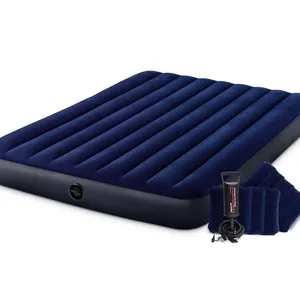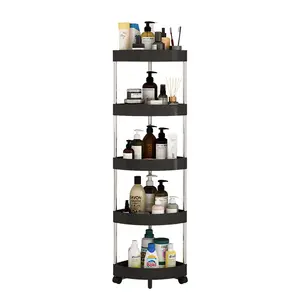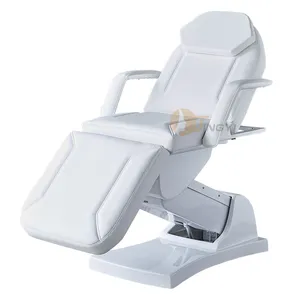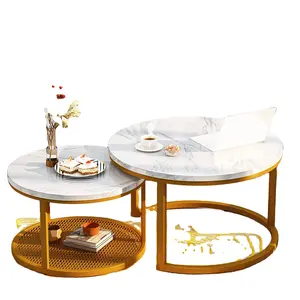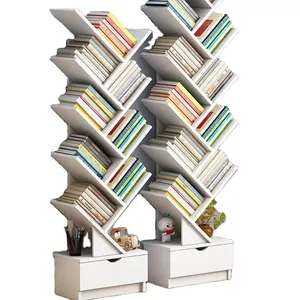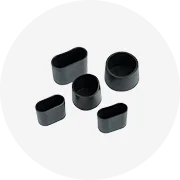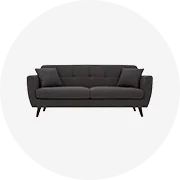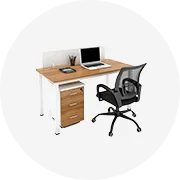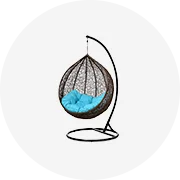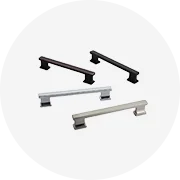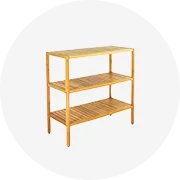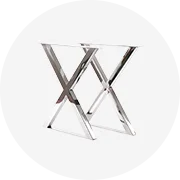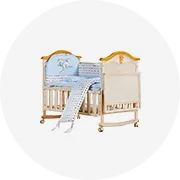Popular in your industry






























































Related Searches:












































































































Top categories
About library furniture
What are Library Furniture
Library furniture encompasses a range of furnishings specifically designed to facilitate the storage, organization, and use of books and other learning materials within a library setting. It caters to the needs of librarians, students, researchers, and casual readers alike by providing practical solutions for book display, seating arrangements, and study spaces. The essential principle behind library furniture is to create an environment that is conducive to reading, learning, and information retrieval.
The design of library furniture often reflects a balance between functionality and aesthetics. It aims to maximize space efficiency while maintaining a level of comfort that encourages patrons to spend time within the library. For instance, shelving units are crafted to store a high volume of books in an accessible manner, while reading tables and carrels are positioned to minimize distractions and provide ample lighting for readers. Moreover, library furniture is typically built to withstand heavy usage and the weight of numerous books, necessitating durability as a key characteristic.
In addition to traditional wooden bookcases and reading tables, modern library furniture has evolved to include ergonomic chairs, multimedia stations, and collaborative workspaces that integrate technology seamlessly. With the digital age bringing about changes in the way people access information, library furniture also adapts by incorporating charging ports, computer desks, and equipment for digital media consumption.
Types of Library Furniture
Bookshelves and Racks: These staple pieces of library furniture come in various sizes and materials, ranging from solid wood to metal. They are designed to safely hold books and make them easily accessible to library patrons. Some bookshelves are also adjustable, allowing for customization according to different book heights.
Reading Tables and Carrels: Reading tables provide comfortable spaces for individuals or groups to read or work. Carrels offer more private workstations where users can focus without distractions. These pieces are typically made from durable materials like wood or steel and may include features such as cable management systems for electronic devices.
Seating Options: Chairs in libraries range from individual study chairs to lounge seating for more relaxed reading. They are constructed with ergonomics in mind to support long periods of sitting. Options may include stackable chairs for flexible space management or cushioned armchairs for comfort.
Catalog Cabinets: These are traditionally used by librarians to organize card catalogs but have adapted for modern use by storing various media types or electronic catalog systems. They often feature multiple small drawers or compartments.
Multimedia Stations: Catering to the digital needs of modern libraries, multimedia stations provide areas where patrons can use computers or other digital devices. These stations come equipped with necessary tech-friendly features such as power outlets and data ports.
How to choose Library Furniture
Choosing the right library furniture is crucial for creating an environment that encourages learning and accommodates the needs of all users. When selecting furnishings for a library space, consider the following:
Material Durability: Libraries see significant foot traffic and prolonged use of furniture. Therefore, materials like solid wood, steel or cold-rolled steel can be ideal choices due to their longevity.
Functionality: Assess the specific needs of your space. Do you need shelving that's adjustable or seating that's stackable? Features like foldability or ease of assembly can also influence your decision based on your operational capabilities.
Comfort and Ergonomics: Since patrons may spend extended periods sitting and reading, ergonomic chairs with proper back support are important. Similarly, tables should be at an appropriate height for comfortable use over long durations.
Design Aesthetics: The design style should align with the overall ambiance of the library. Whether you opt for contemporary, minimalist or traditional designs, ensure it complements the space without sacrificing functionality.
Space Efficiency: Especially in smaller libraries, space-saving solutions such as modular units or foldable furniture can optimize available room while still providing necessary services.
Best Library Furniture on Alibaba.com
Alibaba.com stands out as a premier marketplace connecting businesses with a vast selection of library furniture suppliers worldwide. The platform caters to various business needs – whether outfitting a new community library or updating furnishings in an academic institution – by offering an extensive collection that encompasses all necessary items from shelving units to ergonomic seating options.
The commitment of Alibaba.com towards facilitating easy global trade is evident in its user-friendly interface that supports multiple languages and mobile accessibility—ensuring that users can source products efficiently no matter where they are located around the globe. Furthermore, services like Trade Assurance offer peace of mind by safeguarding payments until buyers confirm satisfactory delivery of their orders.
For businesses seeking unique solutions tailored to their specific requirements, Alibaba.com provides opportunities for customization through its network of experienced suppliers—allowing for personalized designs that reflect a library's character while maintaining practicality for end-users. With its broad assortment of products hailing from diverse categories and design styles coupled with reliable supplier verification processes, Alibaba.com presents itself as a dependable source for wholesale library furniture procurement.
Common FAQs for Library Furniture
What Types of Materials are Best Suited for Library Bookshelves?
The best materials for library bookshelves are ones that combine durability and strength, such as solid wood, metal, and cold-rolled steel, to support the weight of books and withstand frequent use.
How Can I Maximize Space in a Small Library?
To maximize space, consider multi-functional furniture, such as foldable tables or chairs and modular shelving units that can be reconfigured as needed. Adjustable and stackable options can also help manage space efficiently.
What Should I Look For in Library Seating Options?
Library seating should prioritize comfort and ergonomics to accommodate extended periods of use. Look for features like proper lumbar support, adjustability, and durable yet comfortable materials.
Are There Specific Furniture Designs Recommended for Children's Libraries?
Children’s libraries benefit from furniture scaled to their size, with rounded edges for safety and bright colors to create a welcoming environment. Durable materials that are easy to clean are also recommended.
What Features are Important for Library Study Carrels?
Library study carrels should offer privacy and minimize distractions. They should be equipped with adequate lighting and power outlets for electronic devices, and provide enough space for books and writing materials.
How Important is Customization for Library Furniture?
Customization can be very important for library furniture as it allows you to tailor pieces to the specific needs of your library's patrons and the spatial constraints of your environment.
Is It Necessary to Have Multimedia Stations in a Modern Library?
In today's digital age, multimedia stations have become increasingly necessary in libraries to accommodate patrons’ electronic devices and provide access to digital resources.
Can Library Furniture be Both Functional and Aesthetically Pleasing?
Yes, library furniture can be designed to meet functional requirements while also enhancing the visual appeal of the library space through careful selection of styles, materials, and finishes.
How Do I Choose the Right Shelving Units for My Library?
Select shelving units based on the type of materials you need to store, considering weight capacity, adjustable shelf options, and the ease of accessing items on both high and low shelves.
What Considerations Should Be Made for Library Furniture in High-Traffic Areas?
For high-traffic areas, choose furniture that is built to endure heavy use with robust construction methods and materials that can resist wear and tear over time.
Are There Eco-Friendly Options Available for Library Furniture?
Yes, there are eco-friendly options available that use sustainable materials such as bamboo or reclaimed wood, as well as those that carry certifications for low environmental impact manufacturing processes.
How Can I Ensure the Safety of Library Furniture?
Ensure the safety of library furniture by selecting products with stability features such as wide bases or anti-tip devices on shelving units, and by choosing seating with fireproof or non-toxic materials.
